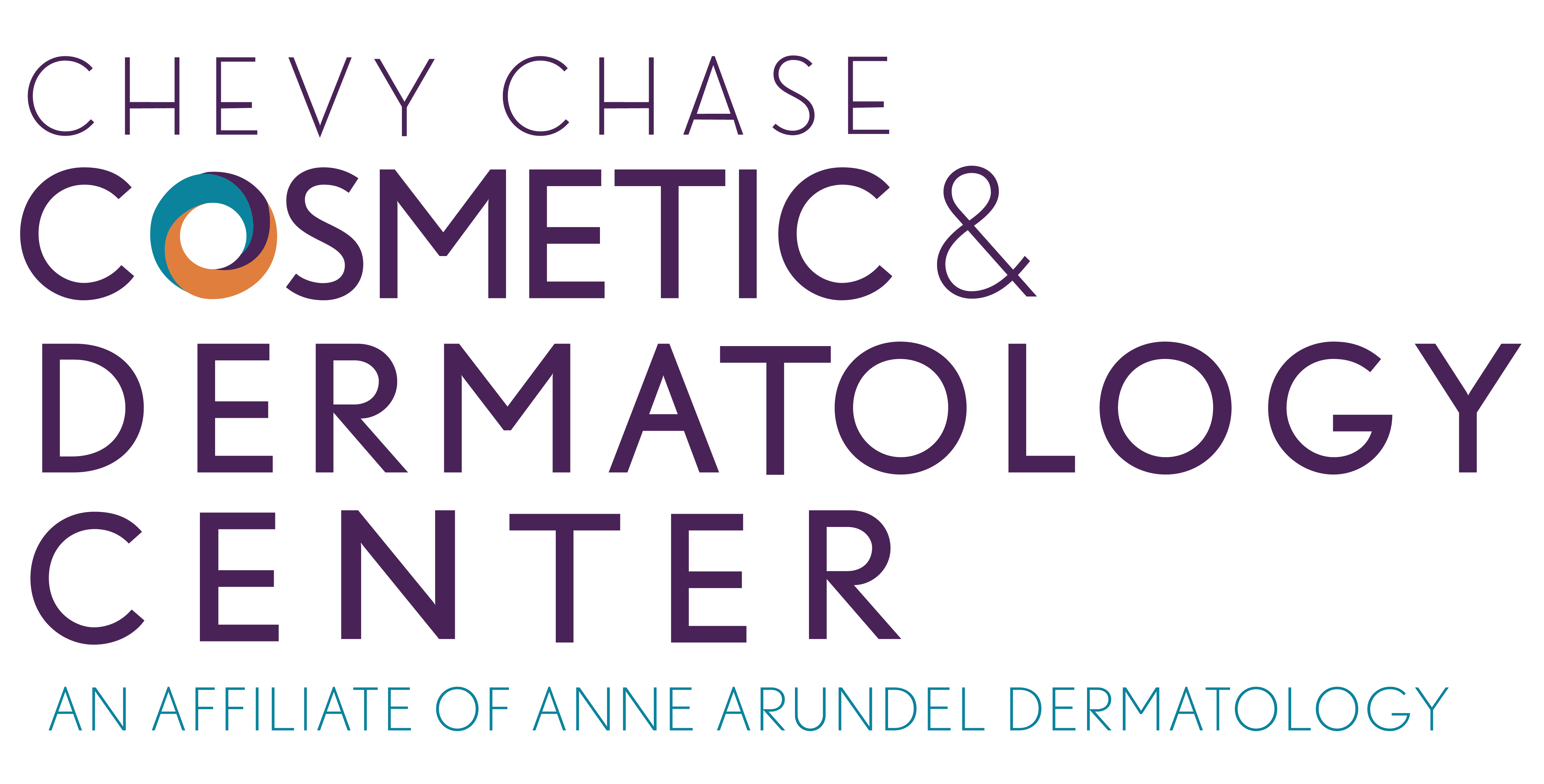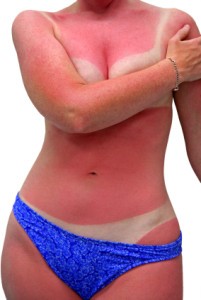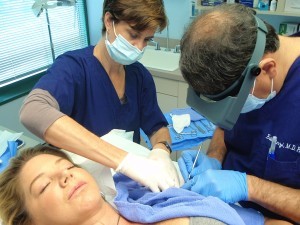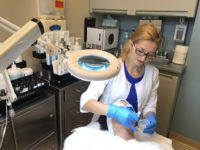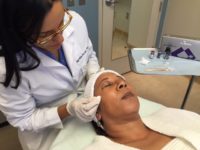Sun Damage: How to Prevent and Repair Brown Sun Spots
Prevent and Repair Sun Damage
You may like the look of a suntan, but that’s not all you’re getting when you bake in the sun. Excessive exposure to the harmful ultraviolet (UV) rays is responsible for most of the skin damage associated with aging. This damage starts at an early age and accumulates slowly over time. Much of the skin damage is cosmetic, but some effects, such as skin cancer, are more serious and can be deadly if not caught in time. It’s important to have a annual skin cancer screening to check for suspicious moles. Skin cancer screenings saves lives!
What are some of the effects of sun damage?
Sun damage can cause uneven skin tone and texture. To protect itself from the damaging effects of the sun, your skin increases its production of melanocytes. These cells produce the dark brown pigment called melanin. The extra melanin makes your skin look darker or suntanned. In some cases, the sun causes an uneven increase in melanocytes, which produces uneven pigmentation of the skin. The sun can also cause a permanent stretching of small blood vessels, giving your skin a mottled, reddish appearance.
Excessive sun exposure may cause unsightly liver spots or age spots to appear. The brown, black or grey spots vary in size and usually appear on the face, hands, arms and upper back – areas most exposed to the sun. Most common in older people, liver spots also appear in younger adults and even in children who spend too much time in the sun.
Sun damage penetrates deep into the dermis effecting the skin’s collagen and elastin fibers. Without this supportive connective tissue, the skin loses its strength and flexibility. This condition, known as solar elastosis, causes vertical creases, deep wrinkles, and loose or sagging skin.
Sun exposure causes melasma, also known as the “mask of pregnancy,” a brown, patchy, darkening of facial skin usually on the cheeks, forehead, nose and chin. Melasma is very common in women who take oral contraceptives, hormone therapy or who are pregnant.
The sun’s damaging UV rays may cause actinic keratoses – rough, scaly raised patches that range in color from flesh-colored, to dark pink or brown. They’re commonly found on the face, ears, lower arms and hands of fair-skinned people whose skin has been damaged by the sun. If left untreated, actinic keratoses may progress to a type of skin cancer known as squamous cell carcinoma.
Skin cancer develops mainly on areas of skin exposed to a lot of sun, most commonly the scalp, face, lips, ears, neck, chest, legs, arms and hands. Some types of skin cancers appear as a small growth or as a sore that bleeds, crusts over, heals and then reopens. In the case of melanoma, an existing mole may change or a new, suspicious-looking mole may develop. Melanoma can develop, however, in areas not normally exposed to sunlight, such as the hair-bearing scalp, breasts, genitals, and palms or soles. Malignant melanoma is the deadliest form of cancer, and can be treated if caught early.
Early detection and treatment of skin cancer will save your life. Make an appointment to see your dermatologist if you notice a new skin growth, a change in the appearance or texture of a mole, or a sore that doesn’t heal within two weeks.
We treat all skin cancers in our state-of-the-art medical suites. Dr. Eric Finzi performs MOHS micrographic surgery in-office as well.
What are some preventive measures I can take to avoid sun damage?
 Use a broad spectrum UVA/UVB sunscreen with a Sun Protective Factor (SPF) of at least 15 all year long. While in the sun, it’s important to reapply every 2 hours and after excessive sweating or swimming. Water and snow reflect the sun so take extra precaution while swimming and skiing. Wear sun protective clothing including a wide brimmed hat and UV protective sunglasses. Seek shade and avoid outdoor activities when the sun is strongest between 10am and 2pm, especially in the summer months.
Use a broad spectrum UVA/UVB sunscreen with a Sun Protective Factor (SPF) of at least 15 all year long. While in the sun, it’s important to reapply every 2 hours and after excessive sweating or swimming. Water and snow reflect the sun so take extra precaution while swimming and skiing. Wear sun protective clothing including a wide brimmed hat and UV protective sunglasses. Seek shade and avoid outdoor activities when the sun is strongest between 10am and 2pm, especially in the summer months.
